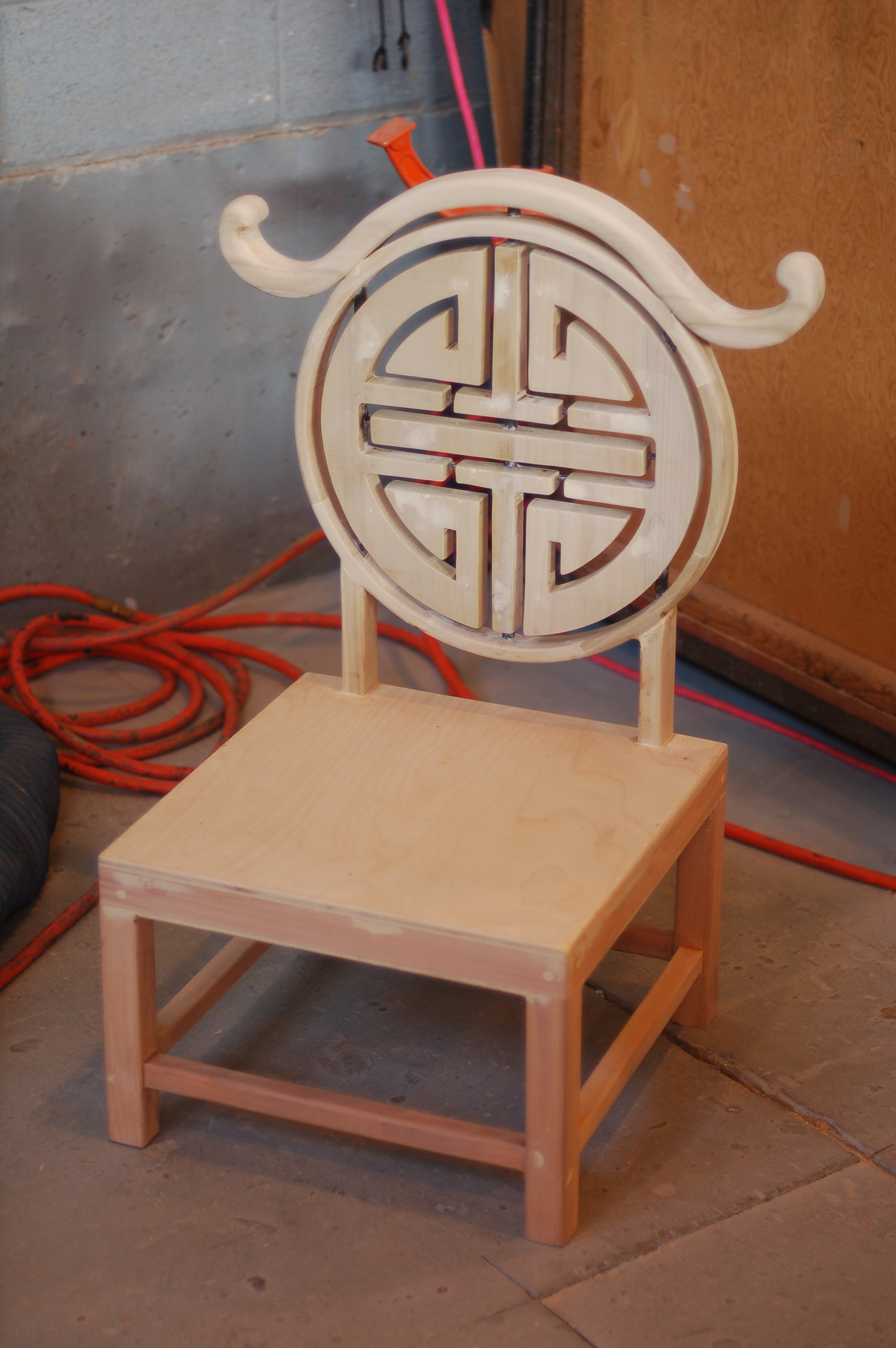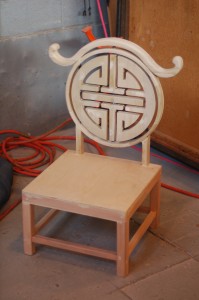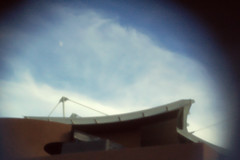Today, I’m presenting several magazine articles I’ve found which are available online. These give a nice, in-depth look at working props shops around the world.
Prop Art: Theater veteran and students star behind the scenes
From the Winter 2005 edition of Ohio Today. This article takes a look at the props shop of Ohio University, where I attended graduate school for a period.
A look at Hunter Spence, who teaches props at Yale University.
A look at the backstage crew of the Oregon Shakespeare Festival, with a nice section on Paul James Martin, the props master.
Little London Prop Shop Turns Ideas Into Art
An in-depth look at MDM Props, a London-based props shop which has branched out into fabrication for art installations.
Has your prop shop been featured in a magazine or website? Do you post photographs of your prop shop online? Let me know, I’d love to feature them here.



